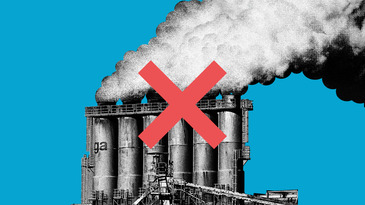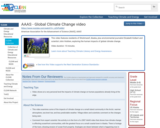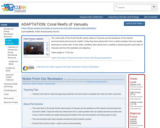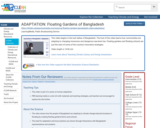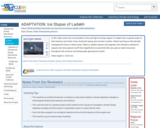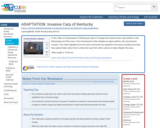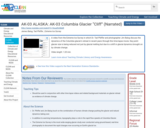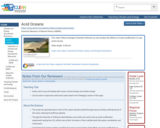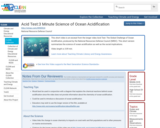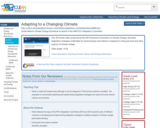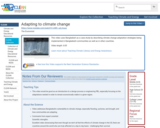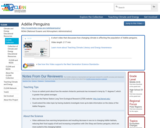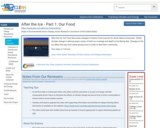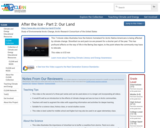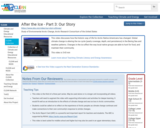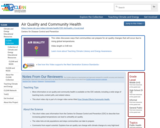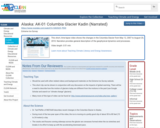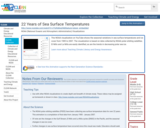
This NOAA visualization on YouTube shows the seasonal variations in sea surface temperatures and ice cover from 1985 to 2007. The visualization is based on data collected by NOAA polar-orbiting satellites. El NiÃo and La NiÃa are easily identified, as are the trends in decreasing polar sea ice.
- Subject:
- Applied Science
- Atmospheric Science
- Environmental Science
- Physical Science
- Material Type:
- Diagram/Illustration
- Provider:
- CLEAN: Climate Literacy and Energy Awareness Network
- Provider Set:
- CLEAN: Climate Literacy and Energy Awareness Network
- Author:
- NOAA (National Oceanic and Atmospheric Administration) Visualizations
- Date Added:
- 09/24/2018
